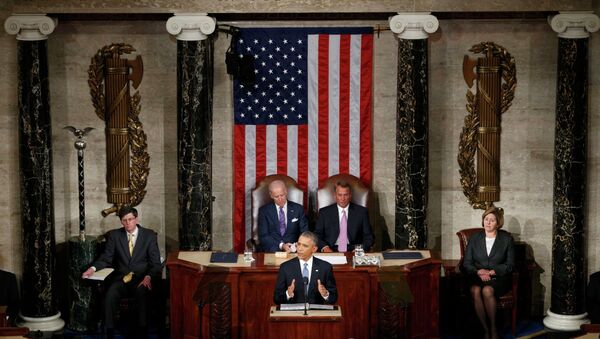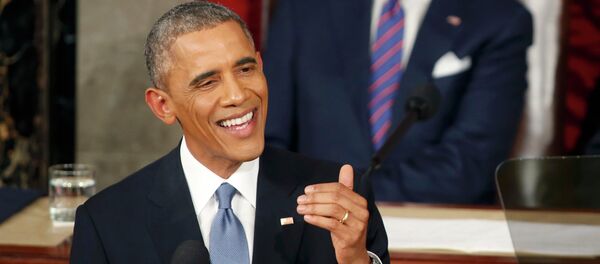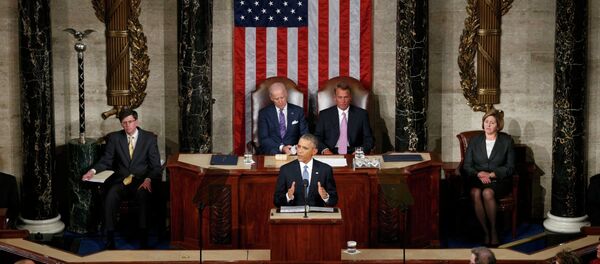“This is really the opening salvo in the 2016 presidential campaign, framing the choice between Republicans and Democrats, predicting and expecting that Republicans will reject particularly Obama’s tax increase proposals,” Professor of Government at the University of Texas, Bruce Buchanan, said on Wednesday.
Setting up the Republicans as obstructing Obama’s agenda was a part of the president’s “political strategy and the most important potential impact of the speech,” Buchanan added.
Dr. Lara Brown, Political Management Program Director at George Washington University, also saw Obama attempting to set-up Republicans for the fall in 2016 by outlining an agenda he knows well the Republicans will never accept. However, she also accused both sides of playing the blame game.
One of the aspects of the Republican strategy, Brown says, will be to pass bills they know the President will veto. A year from now the Republicans will argue that they passed all of this legislation that died on the president’s desk, therefore the country needs a Republican president, she added.
The President, on the other hand, will claim that he laid out this amazing agenda that the Republicans rejected, which means the United States needs a Democratic Congress, Brown said.
Both sides are vying to reclaim the trust of the US people and want to avoid the appearance of being intransigent, especially since the government shutdown, the political expert elaborated, so they will be well-positioned in 2016.
“The President was saying: look, there’s a lot of areas that we agree on and we should move in those areas. We all came to Washington to solve certain problems,” Rosenberg said.
However, Rosenberg also said that the President made it clear he was not going to bend on certain critical issues to his political legacy like Obamacare, immigration and middle class-focused economic policies.
During his State of the Union address, the President said he would veto any congressional bills that would undo previous legislation on health insurance, immigration reform, Wall Street regulations and economic policies to support the US middle class.






